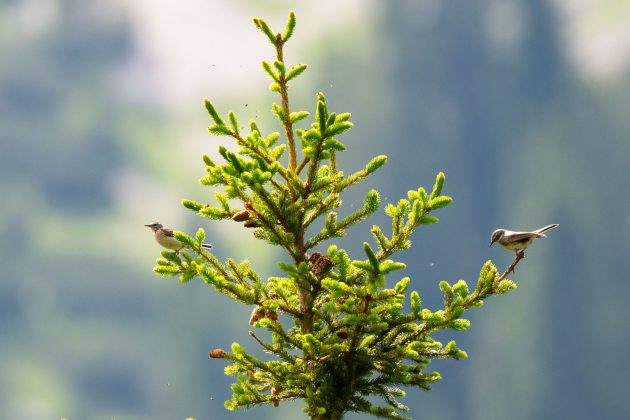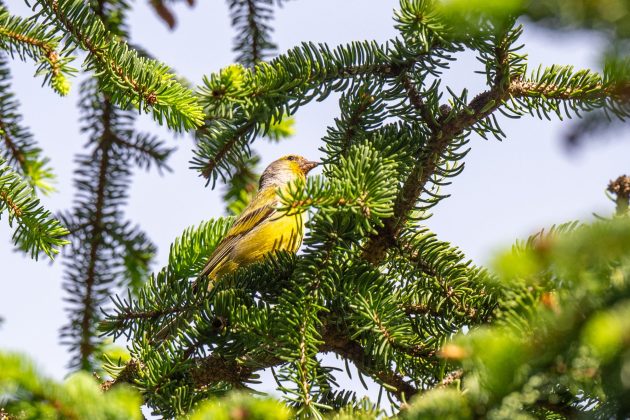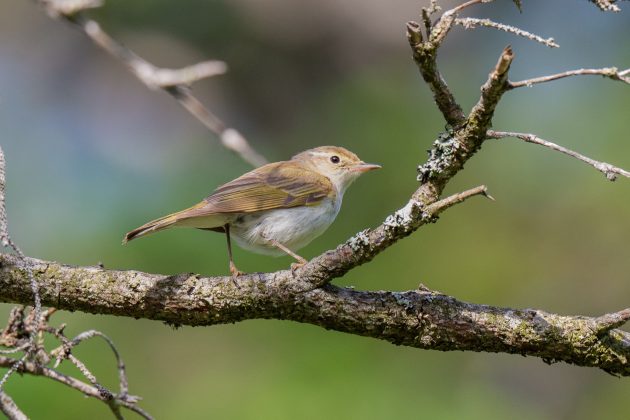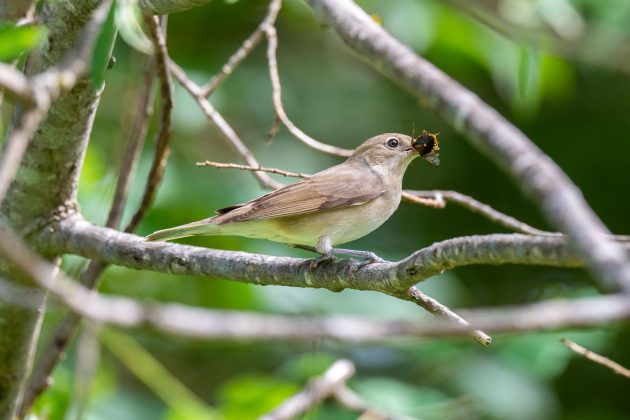Having spent several days on a birding and hiking trip in the Alps, my two buddies and I had two more days remaining. The last segment of our hiking trip (and correspondingly the last post of this mini-series) took us to the Soierngruppe, a relatively free-standing group of mountains forming a circular barrier arround two small picturesque lakes.
On the way up, a large family of Willow Tits was noisily moving through the vegetation, a large number of recently fledged chicks begging their parents for food. This is the “Alpine Tit” (Poecile montanus montanus), a subspecies of the Willow Tit that can only be distinguished from the typical central European form by their song.
The higher reaches of the peaks held several Water Pipits. Some individuals have very attractive pink breasts, but always seemed to turn sideways or away from you. This reminded me of the extremely beautiful Narina Trogons in South Africa, which always face away from you with their green back to hide their lovely red underparts (although this was less of a big deal with the pipits as they don’t compare to trogons at all visually).

A highlight around the lakes for me was a Citril Finch, another special of the Alps. We hadn’t seen this species before on the trip, so I was glad to see this cute target bird. In another comparison to South African birds (having lived there half my life shows through in this post…), this species looks extremely like the Cape Canary, some phenotypic convergent evolution playing out here.

We saw several Western Bonelli’s Warblers on the trip before, but I had my best sighting of a calling bird while descending from the Soierngruppe. This is actually a quite attractive warbler and has a smart-looking plumage. In the foggy situations we often saw it before, it appeared like a way more bland chiffchaff look-alike.

As a way to welcome us back into the lowlands, a Garden Warbler was very confiding as it collected food for its offspring. While I said that chiffchaffs are bland, Garden Warblers have probably even fewer plumage features apart from their silvery cheek patch. Nonetheless, I always enjoy looking at this bird because its feathers have a very silky look to them.

This trip was extremely enjoyable and I had the chance to fill some glaring gaps in my life list as we saw a good number of the classic species of the Alps. Being unsuccessful with several species of grouse, I know I’ll be back in the region at some point though.
Source link
Facebook
Pinterest
Twitter
LinkedIn

